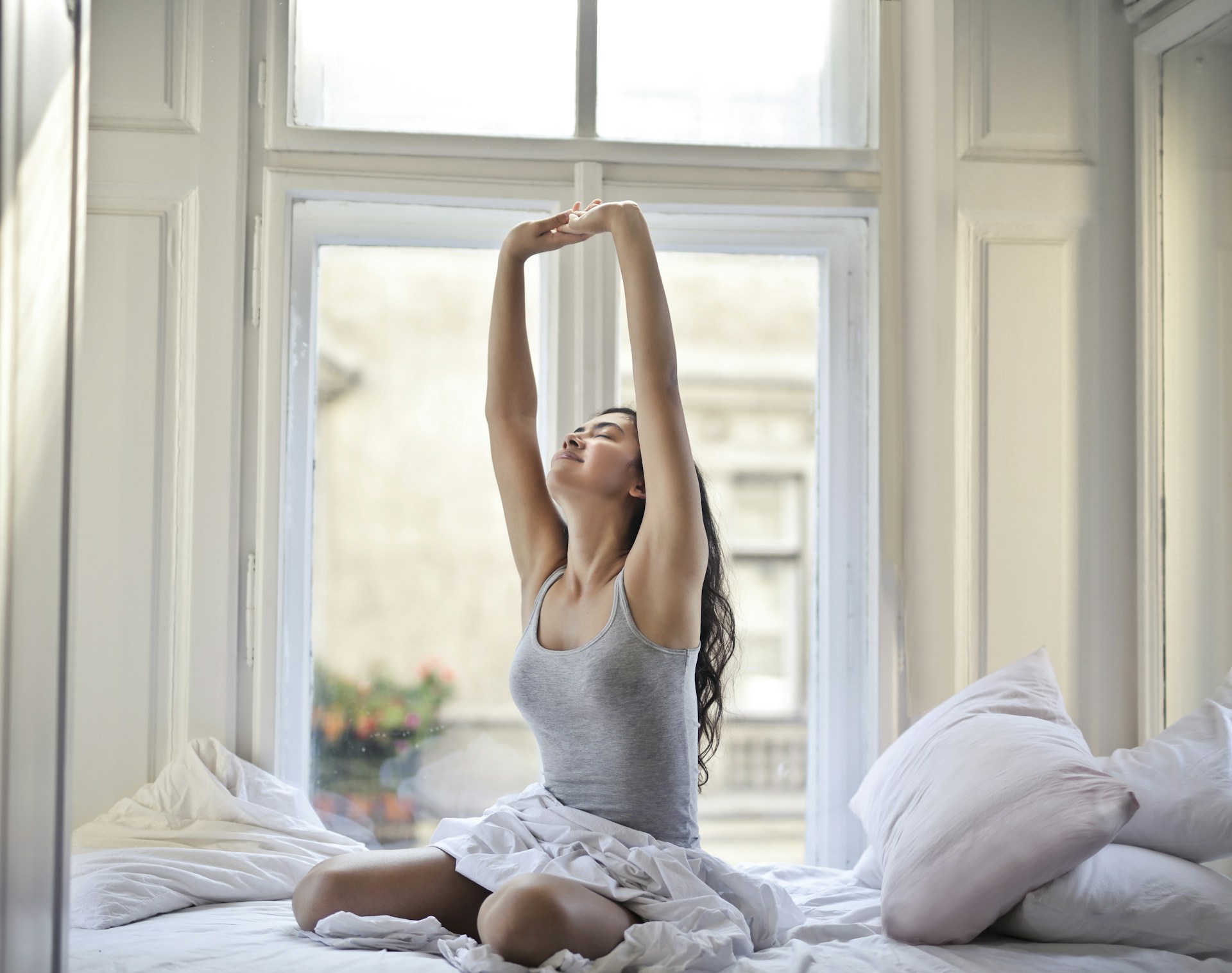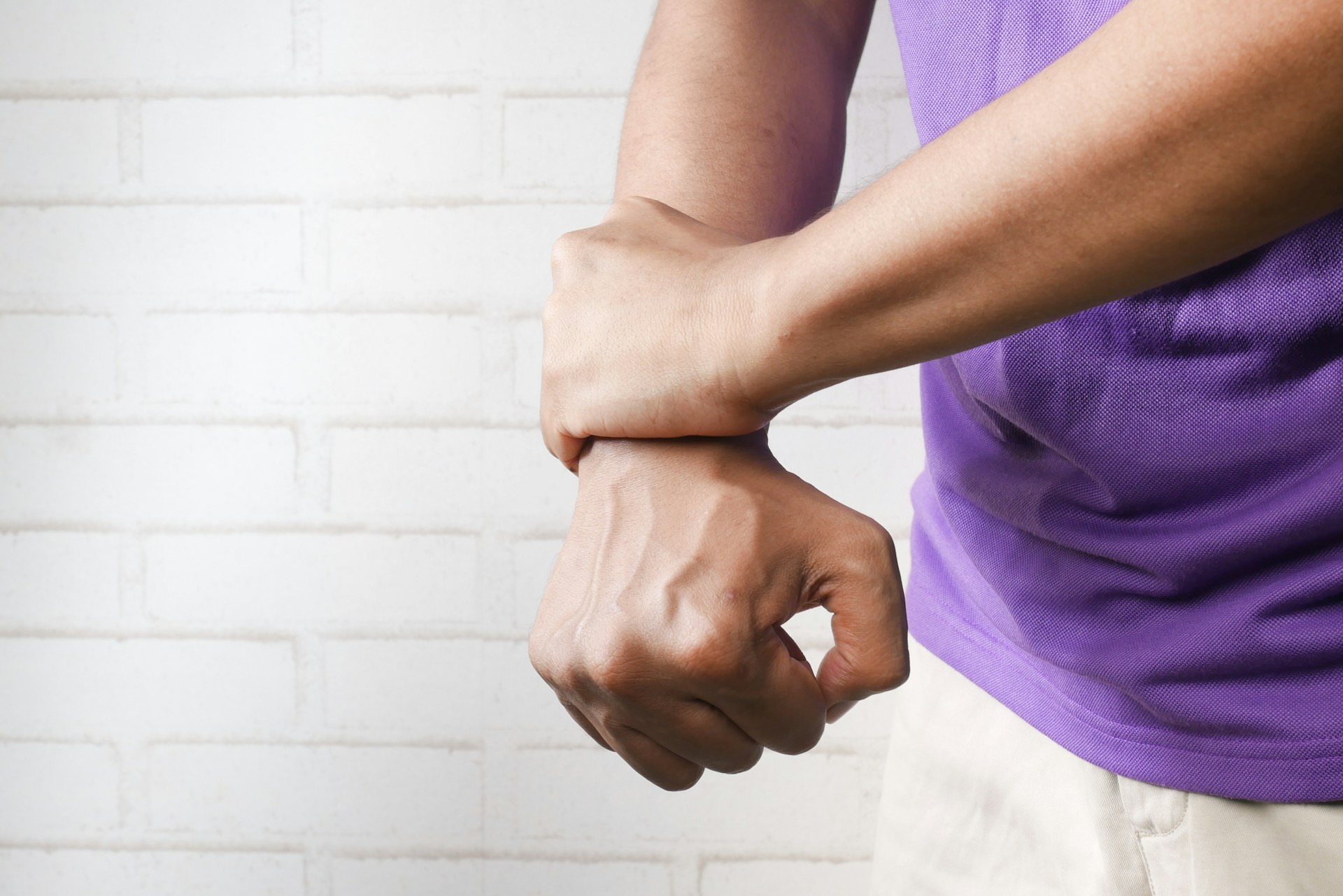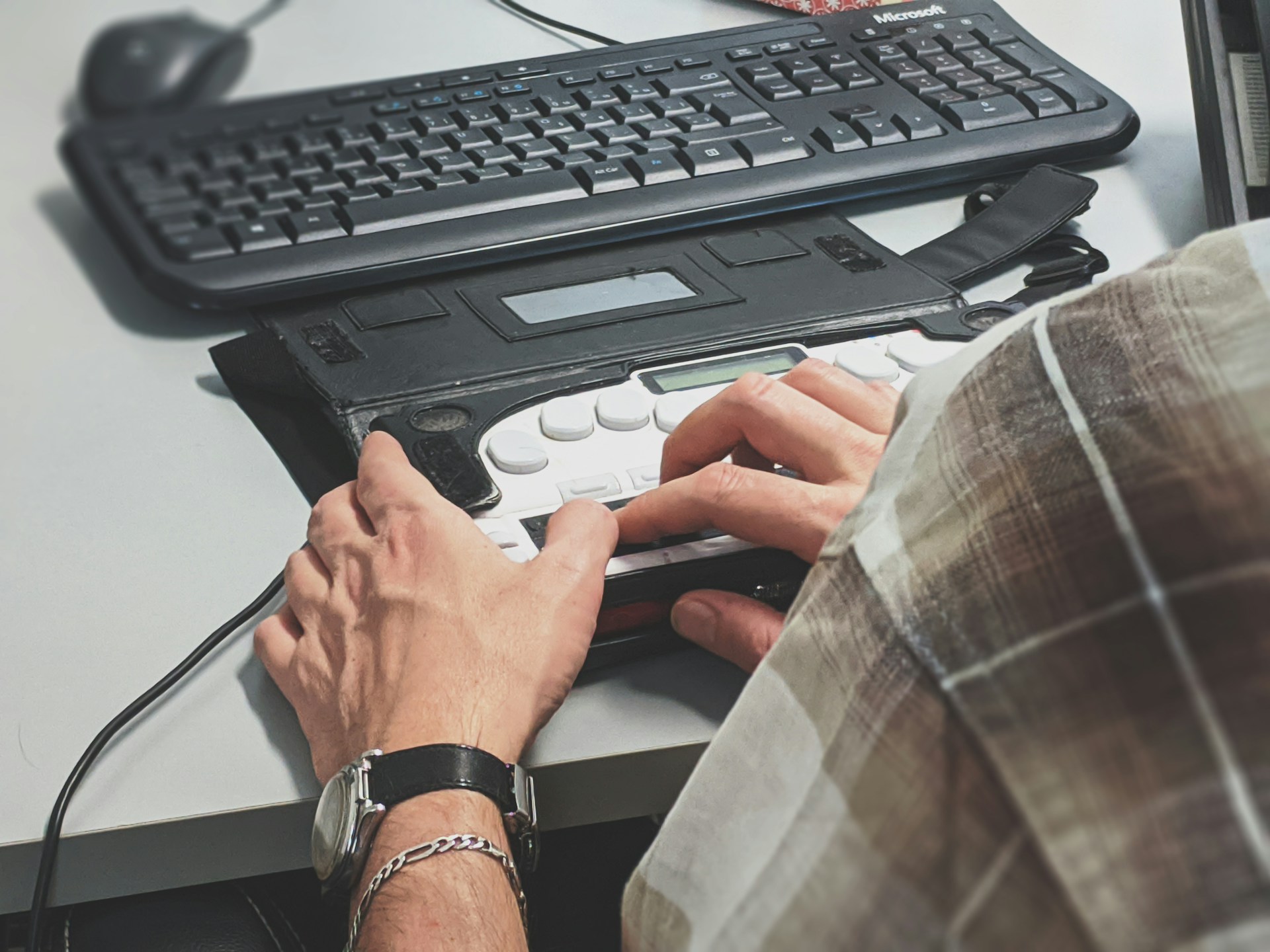
6 Relaxation Techniques You Should Try at Home
Finding time to relax and de-stress can often feel like a daunting task. However, incorporating relaxation techniques into your daily routine can significantly improve your health and overall quality of life.
From the comfort of your own home, you can reduce stress, promote calmness, and enhance your mental clarity. This guide explores six effective relaxation techniques that you can easily practice at home to help foster a sense of peace and tranquility.

Deep Breathing
Deep breathing is a simple yet powerful relaxation technique. It requires no special equipment and can be done anywhere, at any time. By focusing on your breath, you can help your mind to quieten and your body to relax. You could begin by inhaling deeply through your nose, holding your breath for a few moments, and then exhaling slowly through your mouth.
Regularly practicing deep breathing can reduce stress, lower blood pressure, and improve your concentration. It’s an excellent technique to incorporate into your daily routine – perhaps in the morning to start your day calmly or in the evening to unwind.
Muscle Relaxation
Progressive muscle relaxation is a technique that involves tensing and then releasing different muscle groups throughout the body. By focusing on the contrast between tension and relaxation, you can become more aware of physical sensations and thus, promote relaxation and stress relief.
Start by tensing the muscles in your toes for a few seconds, then release them. Gradually work your way up through your body – your legs, stomach, arms, shoulders, and finally your face. It’s a technique that can be particularly helpful before going to bed, to help your body relax and prepare for sleep.
You can also research different massage chairs, mats, or balls to help you achieve muscle relaxation more effectively. With their professional technique, you can target specific muscles and promote relaxation. By regularly practicing this technique, you can reduce muscle tension and alleviate stress-related symptoms such as headaches and body aches.

Guided Imagery
Guided imagery involves visualizing calming scenarios or images to help reduce feelings of stress or anxiety. This technique can be particularly effective when combined with relaxation music or nature sounds. Picture yourself in a peaceful place, such as a beach, a forest, or a garden. Imagine the details – the sounds, the smells, and the sensations. The more vivid the visualization, the more effective it will be in reducing your stress and promoting relaxation.
There are many guided imagery apps and online resources available to get you started. Also, consider creating your own guided imagery script to tailor the experience to your specific needs and desires.
Yoga
Yoga combines physical postures, breathing exercises, and meditation to promote physical and mental relaxation. Practicing yoga regularly can help improve your flexibility, strength, and balance, while also reducing stress and anxiety. There are various types of yoga suitable for different levels of fitness and flexibility, and plenty of online resources and apps that can guide you through the poses. Remember to listen to your body and only do what feels comfortable.
Meditation
Meditation is a practice that has been used for thousands of years to promote relaxation and mental clarity. It involves focusing your attention and eliminating the stream of jumbled thoughts that may be crowding your mind and causing stress. Even a few minutes of meditation each day can make a significant difference. You can choose to focus on a word or phrase (known as a mantra), your breath, or the sensations in your body. Like guided imagery, there are many meditation apps and resources available to help you get started. If you’re still struggling, however, you can look at options like using THCa Live Resin Sugar or other cannabis products to help release dopamine and stop your mind from racing. Meditation is impossible to achieve if you’re constantly thinking about other things, so a little help to get to a clear space isn’t something you should avoid.
Aromatherapy
Aromatherapy uses aromatic essential oils to promote health and well-being. The scents from these oils can stimulate areas of your limbic system, a part of your brain involved in emotions, behaviors, and long-term memory.
Essential oils such as lavender, chamomile, and bergamot are often used for their relaxing properties. You can add a few drops to your bath, diffuse them in your home, or even apply them to your skin after diluting them with a carrier oil. Aromatherapy can be a lovely way to create a calming environment in your home.
Additionally, you could explore other relaxation techniques such as journaling, listening to music, or taking a warm bath. The key is to find what works best for you and make it a part of your regular routine.
In conclusion, relaxation techniques are essential tools for managing stress and improving overall well-being. Whether you choose to do deep breathing, practice progressive muscle relaxation, visualize calming scenarios through guided imagery, engage in yoga, meditate, or use aromatherapy, the key is to make relaxation a regular part of your daily routine. Remember, self-care is not a luxury; it’s a necessity. By taking out time each day to focus on relaxation, you’re investing in a healthier and happier you.








